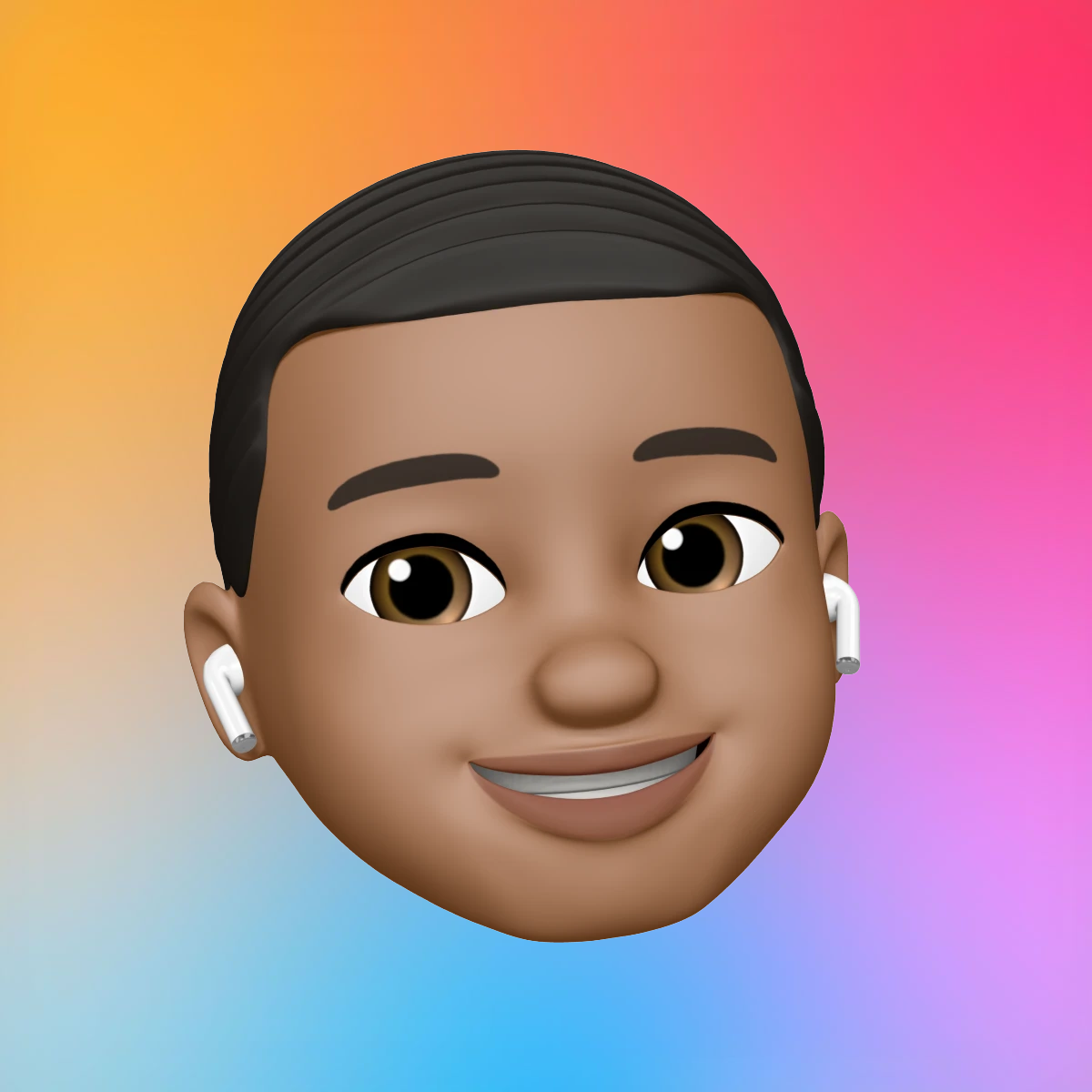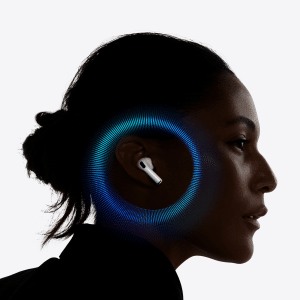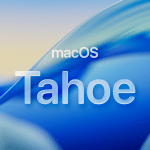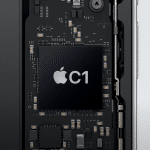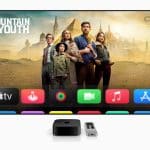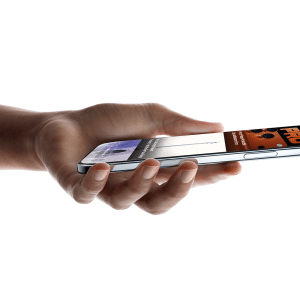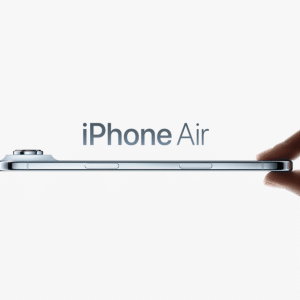Apple’s smart glasses promise to transform how users interact with technology. Picture walking through a city, with directions overlaid on your lenses, or holding a conversation in a foreign language with real-time translations whispered through integrated speakers. For tech enthusiasts, the glasses offer a sleek, innovative way to stay connected without staring at a screen. Casual users will appreciate the convenience of hands-free operation, whether capturing moments or managing notifications. The Verge highlights that Apple’s design prowess could make these glasses a fashion statement, unlike the clunky Vision Pro, which has been criticized for its weight and niche appeal.
The low-power chip, based on Apple Watch’s system-on-chip (SoC), is key to this vision. It delivers iPhone-like performance with a fraction of the power, avoiding the overheating issues that doomed earlier AR projects. This efficiency ensures all-day battery life, critical for wearables meant for constant use. By offloading heavy processing to the iPhone, the glasses stay lightweight, addressing user complaints about bulky headsets like the Vision Pro, which weighs 600-650 grams.
A Rocky Road to Innovation
Apple’s path to smart glasses hasn’t been without hurdles. An earlier project for true AR glasses, designed to pair with Macs for power, was shelved in January 2025 due to technical challenges. Engineers found that achieving iPhone-level performance with one-tenth the power was nearly impossible without overheating or adding heavy batteries. Initial plans to tether the glasses to iPhones also failed, as iPhones lacked sufficient power and battery life for AR demands. These setbacks forced Apple to pivot to a less ambitious but more feasible design, focusing on smart glasses akin to Meta’s Ray-Bans.
Despite these challenges, CEO Tim Cook remains committed to AR, viewing it as a “top priority,” according to Bloomberg. Cook’s determination to outpace Meta in delivering true AR glasses drives Apple’s parallel development efforts, though full AR remains years away due to unresolved issues with high-resolution displays and tiny batteries. For now, the Atlas project prioritizes practicality, aiming to deliver a “smash hit” by combining Apple’s design expertise with tight iPhone integration.
Competing in a Crowded Market
Apple faces stiff competition from Meta and Google, who’ve already launched smart glasses with AI features. Meta’s Ray-Ban glasses offer cameras, speakers, and AI-driven contextual responses, while Google’s Android XR glasses, showcased at Google I/O, integrate Gemini AI for real-time translations and environmental feedback. Apple’s advantage lies in its ecosystem. Seamless integration with iPhones, AirPods, and Apple Watches could make its glasses a natural extension for Apple users, unlike competitors’ more fragmented offerings.
The glasses’ potential to reduce smartphone reliance is a game-changer. For instance, users could reply to messages or navigate without pulling out their iPhone, streamlining daily tasks. The Verge points out that Apple’s focus on audio quality, likely matching AirPods’ benchmark, could set a new standard for wearable audio. Additionally, the glasses’ AI capabilities, powered by Apple Intelligence, could rival Siri’s upcoming enhancements, expected in iOS 19 by mid-2025.
Looking Ahead
Mass production is slated for 2026, with a consumer launch by 2027. Apple’s user studies, led by its Product Systems Quality team, are shaping features to ensure broad appeal. The glasses could retail around $499, per analyst Jon Prosser, making them far more accessible than the Vision Pro, though prescription lenses may add costs. This pricing positions them as a mainstream alternative to competitors, capitalizing on Apple’s brand loyalty.
For tech users, the glasses promise a practical, stylish way to stay connected. They won’t replace the iPhone but could redefine how we use it, much like the Apple Watch did. By blending innovation with everyday utility, Apple’s smart glasses could become the next must-have wearable, setting the stage for a future where AR is as common as AirPods.



